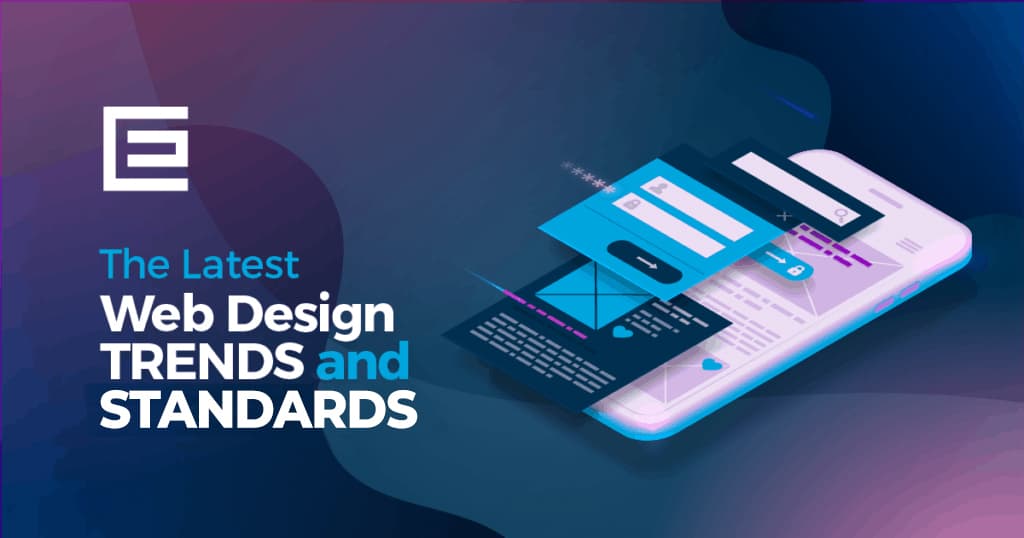Top Trends in Web Application Development for 2025

The web application landscape is evolving faster than ever. As businesses strive to deliver faster, smarter, and more engaging digital experiences, developers are embracing new tools, technologies, and frameworks to stay ahead.
With 2025 upon us, it’s clear that web app development is entering a new era — one shaped by AI integration, performance-driven architectures, and immersive user experiences.
Let’s explore the top web application development trends of 2025 that are transforming how businesses build and deliver digital solutions.
1. AI-Powered Web Applications
Artificial Intelligence (AI) continues to revolutionize the way web applications work. In 2025, AI-driven features are becoming a standard component rather than a luxury.
From personalized user experiences to intelligent chatbots and automated decision-making, AI is enhancing engagement and efficiency.
Key Use Cases:
- Predictive content recommendations
- AI-powered search and analytics
- Smart chatbots and virtual assistants
- Automated image and voice recognition
Popular Tools & Frameworks: TensorFlow.js, OpenAI APIs, and Microsoft Azure AI
Why It Matters:
AI helps developers build web apps that learn from user behavior, adapt dynamically, and provide truly personalized experiences.
2. Progressive Web Apps (PWAs) Dominate the Scene
Progressive Web Apps (PWAs) combine the best of web and mobile app experiences — offering fast, secure, and offline-capable performance directly from a browser.
In 2025, PWAs are becoming the preferred solution for businesses looking to reach users across devices without building separate native apps.
Advantages of PWAs:
- Instant loading and offline access
- Push notifications for engagement
- Responsive design for all screens
- Cost-effective development
Examples:
Pinterest, Twitter Lite, and Starbucks PWA
Why It Matters:
PWAs provide a seamless, app-like experience while maintaining the accessibility and flexibility of the web.
3. WebAssembly (WASM) Boosts Performance
WebAssembly (WASM) is transforming the capabilities of web browsers by enabling high-performance applications that run at near-native speed.
In 2025, developers are increasingly using WebAssembly for complex tasks like 3D rendering, data visualization, gaming, and video editing within the browser.
Benefits:
- Faster execution than JavaScript for computational tasks
- Cross-language support (C++, Rust, Go, etc.)
- Improved performance for heavy applications
Why It Matters:
WASM is making web apps capable of handling tasks that were once possible only on desktop software — blurring the line between web and native applications.
4. Low-Code and No-Code Development Platforms
Speed is the new currency of development. Low-code and no-code platforms are enabling teams to build web apps quickly, even without deep programming knowledge.
In 2025, businesses are leveraging these tools for rapid prototyping, automation dashboards, and internal tools.
Popular Platforms:
Bubble, OutSystems, Webflow, and Microsoft Power Apps
Why It Matters:
These platforms reduce development time, lower costs, and empower non-developers to bring ideas to life — accelerating digital transformation.
5. Serverless Architecture and Edge Computing
Serverless computing is changing how web applications are deployed and scaled. By using serverless and edge computing, developers can run code without managing servers, reducing costs and improving global performance.
Benefits:
- Auto-scaling based on demand
- Faster response times using edge networks
- Pay-per-use model for cost efficiency
Leading Services: AWS Lambda, Cloudflare Workers, and Google Cloud Functions
Why It Matters:
In 2025, serverless and edge computing are enabling faster, more scalable web apps — especially for global audiences.
6. Enhanced Cybersecurity and Zero-Trust Architecture
With cyber threats becoming more sophisticated, web app security is a top priority in 2025. Developers are now adopting Zero-Trust frameworks, meaning no user or device is trusted by default.
Trending Security Enhancements:
- Multi-factor authentication (MFA)
- AI-driven threat detection
- Real-time vulnerability monitoring
- HTTPS and secure API integrations
Why It Matters:
Security is not an afterthought anymore — it’s a core element of web development strategy.
7. Motion UI and Micro-Interactions
User experience (UX) is evolving beyond static design. In 2025, Motion UI and micro-interactions are bringing websites to life — enhancing engagement through subtle animations and transitions.
Examples:
- Animated loading indicators
- Button hover effects
- Scroll-triggered animations
Why It Matters:
Motion-driven design improves navigation flow and keeps users engaged while maintaining a modern, dynamic aesthetic.
8. API-First Development
As web apps integrate with more services and platforms, API-first development is becoming essential. It ensures flexibility, scalability, and easy integration across mobile, IoT, and third-party systems.
Benefits:
- Simplified backend management
- Better developer collaboration
- Seamless integration with AI, analytics, and CMS tools
Why It Matters:
API-first design supports modular, connected systems that future-proof your web app architecture.
9. Sustainability and Green Web Development
With increasing awareness of digital sustainability, developers are focusing on energy-efficient coding practices and green hosting solutions.
Trends in Green Web Development:
- Optimized images and code for reduced bandwidth
- Using renewable-energy-powered servers
- Measuring website carbon footprint
Why It Matters:
Eco-friendly web apps not only save resources but also improve brand reputation in a socially conscious market.
Final Thoughts
The web development world in 2025 is defined by intelligence, speed, and sustainability. From AI-powered automation to edge computing and immersive UX, these trends are reshaping how users interact with digital platforms.
For businesses, staying updated with these trends isn’t just about innovation — it’s about staying competitive and relevant in an ever-evolving digital landscape.

